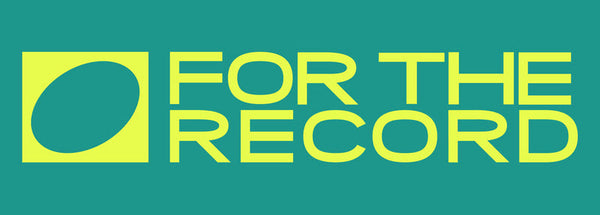
A Brief History: Brooklyn's Music Scene Through The Decades
Share
Brooklyn's music scene has a rich and diverse history, spanning several genres and decades. From the early jazz and blues clubs of the 1920s to the punk and indie rock movements of the 70s and 80s, Brooklyn has played an integral role in shaping the American music landscape.
In the early 20th century, Brooklyn was home to several jazz and blues clubs, including the Lafayette Theater, which hosted performances by Duke Ellington and Cab Calloway. The Club Alabam, located in Bedford-Stuyvesant, was another popular venue that attracted legendary performers such as Billie Holiday and Louis Armstrong.
In the 1950s and 60s, Brooklyn's music scene began to shift towards rock and roll, with iconic venues like the Brooklyn Fox Theater and the Paramount Theater hosting shows by the likes of Elvis Presley and The Beatles.
By the 1970s, Brooklyn had become a hotbed for punk and new wave music, with bands like The Ramones and Blondie emerging from the borough. The legendary CBGB, located in Manhattan's East Village but drawing heavily from Brooklyn's punk scene, became a staple venue for punk bands of the era.
In the 1980s, Brooklyn's music scene shifted again towards indie rock, with bands like Sonic Youth and They Might Be Giants gaining popularity. The emergence of hip hop music in the borough, with acts like Big Daddy Kane and the Beastie Boys, further cemented Brooklyn's status as a musical mecca.
Today, Brooklyn continues to be a thriving center for music and culture, with venues like the Music Hall of Williamsburg and the Brooklyn Bowl hosting performances by both up-and-coming and established artists. The borough's rich musical history has left an indelible mark on the American music scene and continues to inspire musicians and music lovers alike.
